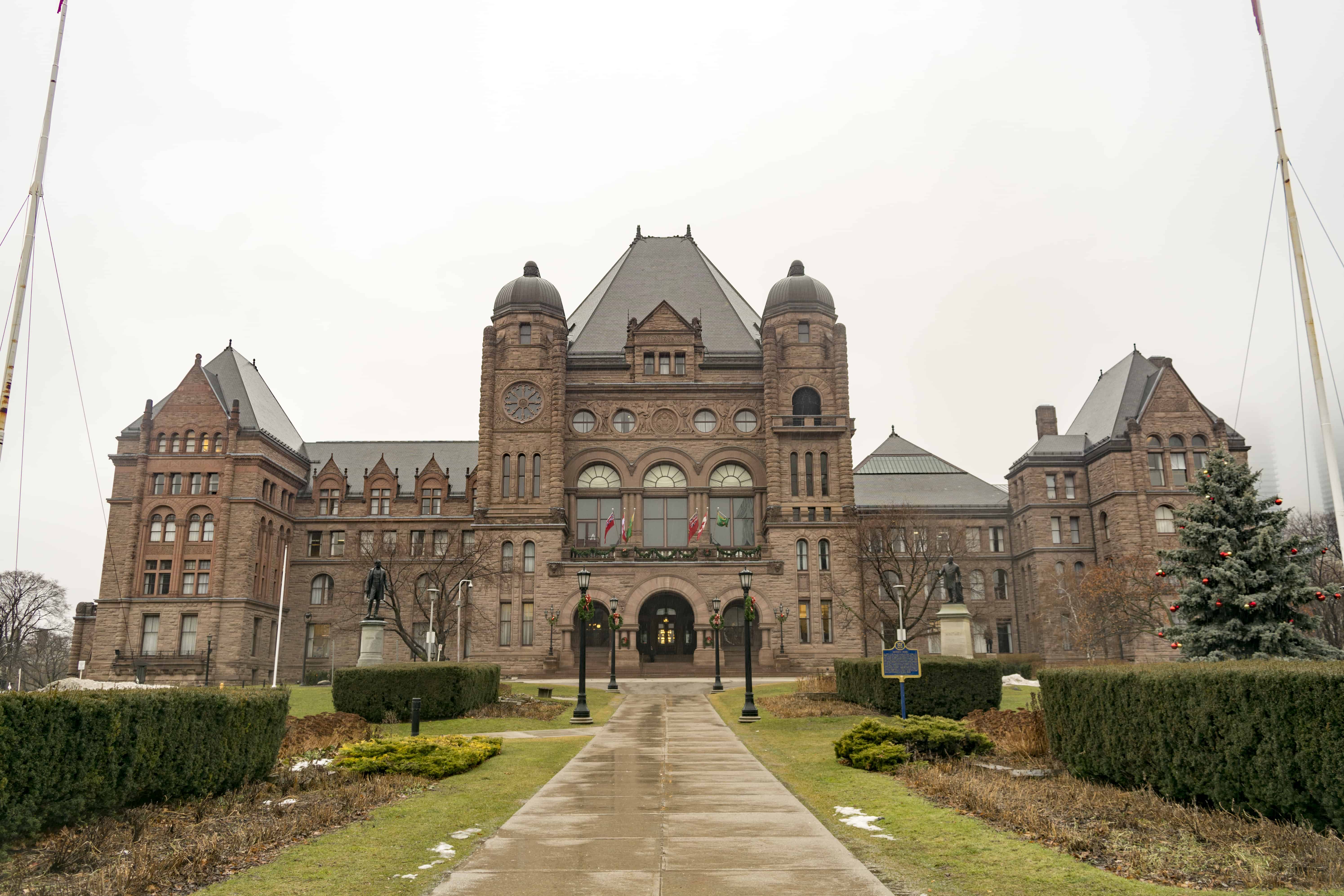On May 30, Ontario Premier Kathleen Wynne announced a large-scale reform of the province’s labour laws to respond to increasing workplace precarity, including worries about automation’s effects on the job market.
The most publicized change was the minimum wage increase. Following the plan laid out by the Premier, the minimum wage will rise in two increments: from the current $11.40 per hour to $14 per hour in January 2018, and then to $15 per hour in January 2019. This is the largest minimum wage increase in Ontario’s history.
Other considerations by Wynne’s Liberal government include protections for casual employees whose shifts are cancelled less than 48 hours in advance, and a plan to increase the minimum amount of vacation days for employees who have been at a company for five years to three weeks.
Earlier this year, wage equality activists at U of T launched a chapter of ‘Fight for $15’, a global advocacy group pressuring governments to increase minimum wages. In their chapter’s efforts to make working conditions better for students, they have pushed for more leniency around exam scheduling, which has led to workplace shift cancellations, among other issues. Many students and recent graduates hold precarious jobs or internships and belong to the target population of minimum wage earners.
Regarding the proposed policy changes addressing the security of on-call and part-time workers, ‘Fight for $15’ and Fairness co-founder Andre Fast considers the platform to be in line with the group’s goals. “I think it’s the Fight for $15 and Fairness campaign that takes a lot of credit for running a really well-organized campaign and forcing the provincial government to take action on this issue,” Fast told The Varsity. “So I think it really shows that when [student and community] organizers come together, we win.”
Many welcome the wage increase as a long-overdue measure for a province where 10 per cent of the population earns minimum wage and where employees have seen an increase in workplace precarity while struggling to make ends meet. In most Ontario cities, the estimated living wage, which is the estimate of the wage required to maintain a basic standard of living, remains above the newly proposed $15 per hour. Toronto’s living wage is $18.52.
While the minimum wage raise would increase purchasing power in the most vulnerable populations, both Rafael Gomez, Director of U of T’s Centre for Industrial Relations and Human Resources, and Tony Dean, Professor at U of T’s School of Public Policy and Governance and former head of the Ontario Public Service, suggest that a basic income would be a more sustainable solution to the affordability gap that plagues many Ontario cities.
Dean told The Varsity that sound policy changes and “what some might describe as ‘good politics’” can go hand in hand, and that while the increase is good policy, “others will judge” if the Liberals’ decision to implement this policy close to an election qualifies as ‘good politics.’
Ontario NDP Leader Andrea Horwath, who has been advocating for the wage increase since 2016, accused the Liberal’s of cynical electioneering as they vie for reelection in 2018.
Another consistently-raised concern is that businesses will increase prices to cover overhead costs. As Gomez pointed out, the influence of supply-and-demand is often missing in these narratives, and he proposed that price increases will be more positively affected by increases in consumer demand than by businesses’ higher cost coverages.
“If anything, I think we’ll see Ontario’s economic fortunes positively affected by this…but we need to study and examine the evidence carefully,” Gomez told The Varsity.
The minimum wage raise proposal in Ontario mirrors an initiative announced by the Alberta NDP, headed by Premier Rachel Notley. Minimum wage is scheduled to increase by $1.40 in October 2017 to $13.60 per hour and $15 by October 2018.
— With files from Jack O. Denton


